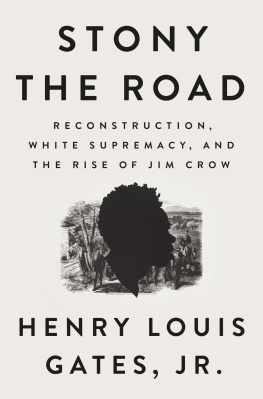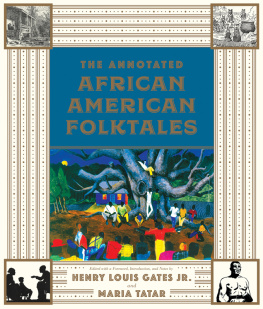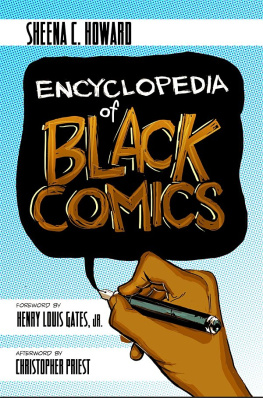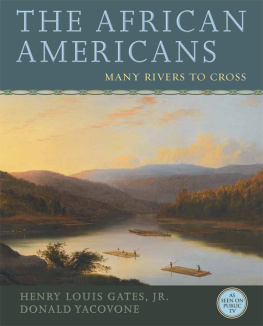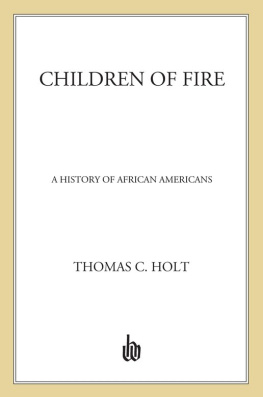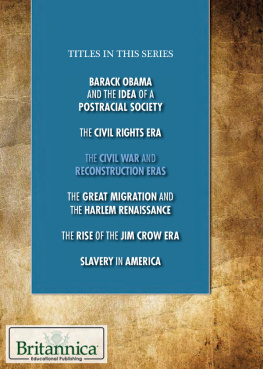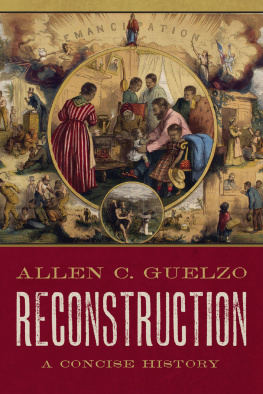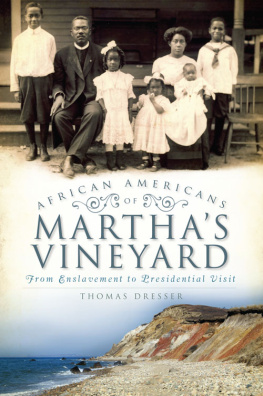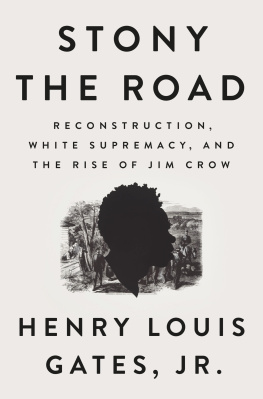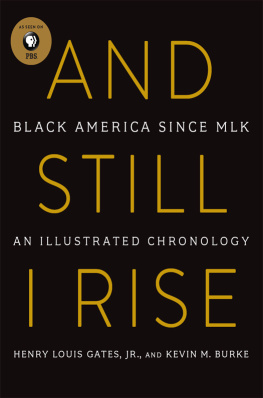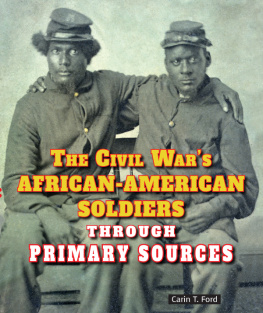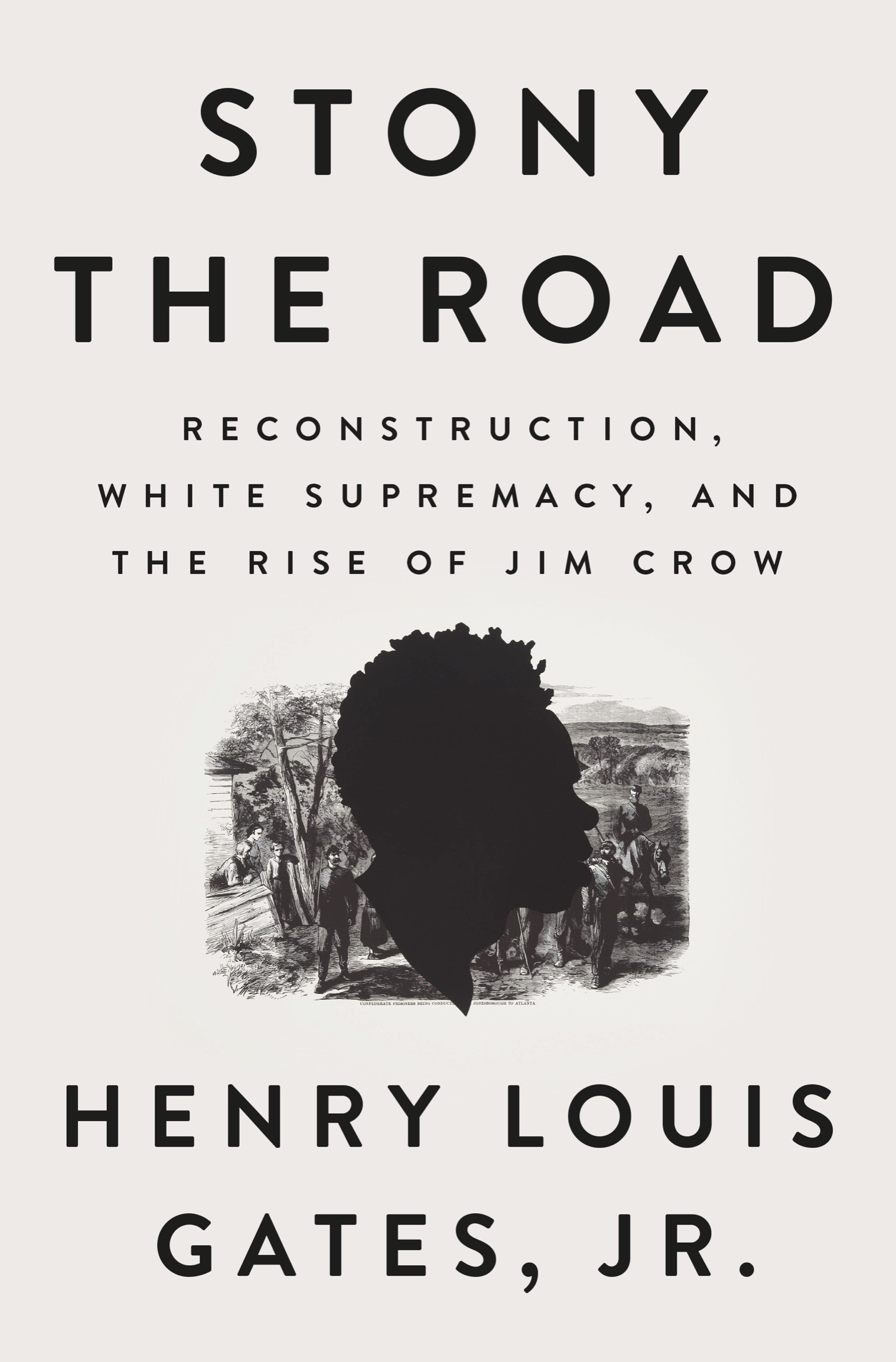
ALSO BY HENRY LOUIS GATES, JR.
WRITTEN BY:
Figures in Black: Words, Signs, and the Racial Self
The Signifying Monkey: A Theory of Afro-American Literary Criticism
Loose Canons: Notes on the Culture Wars
Colored People: A Memoir
The Future of the Race, with Cornel West
Thirteen Ways of Looking at a Black Man
Wonders of the African World
The Trials of Phillis Wheatley: Americas First Black Poet and Her Encounters with the Founding Fathers
In Search of Our Roots
Tradition and the Black Atlantic: Critical Theory in the African Diaspora
Life Upon These Shores
Black in Latin America
The African Americans: Many Rivers to Cross, with Donald Yacovone
And Still I Rise: Black America since MLK, with Kevin M. Burke
100 Amazing Facts about the Negro
Dark Sky Rising: Reconstruction and the Dawn of Jim Crow, with Tonya Bolden
EDITED BY:
The Norton Anthology of African American Literature, with Nellie Y. McKay
Africana: The Encyclopedia of the African and African American Experience, with Kwame Anthony Appiah
The Image of the Black in Western Art, with David Bindman
The New Negro: Readings on Race, Representation, and African American Culture, 18921938, with Gene Andrew Jarrett
African American National Biography, with Evelyn Brooks Higginbotham
Dictionary of African Biography, with Emmanuel K. Akyeampong
Dictionary of Caribbean and Afro-Latin American Biography, with Franklin W. Knight
The Annotated African American Folktales, with Maria Tatar
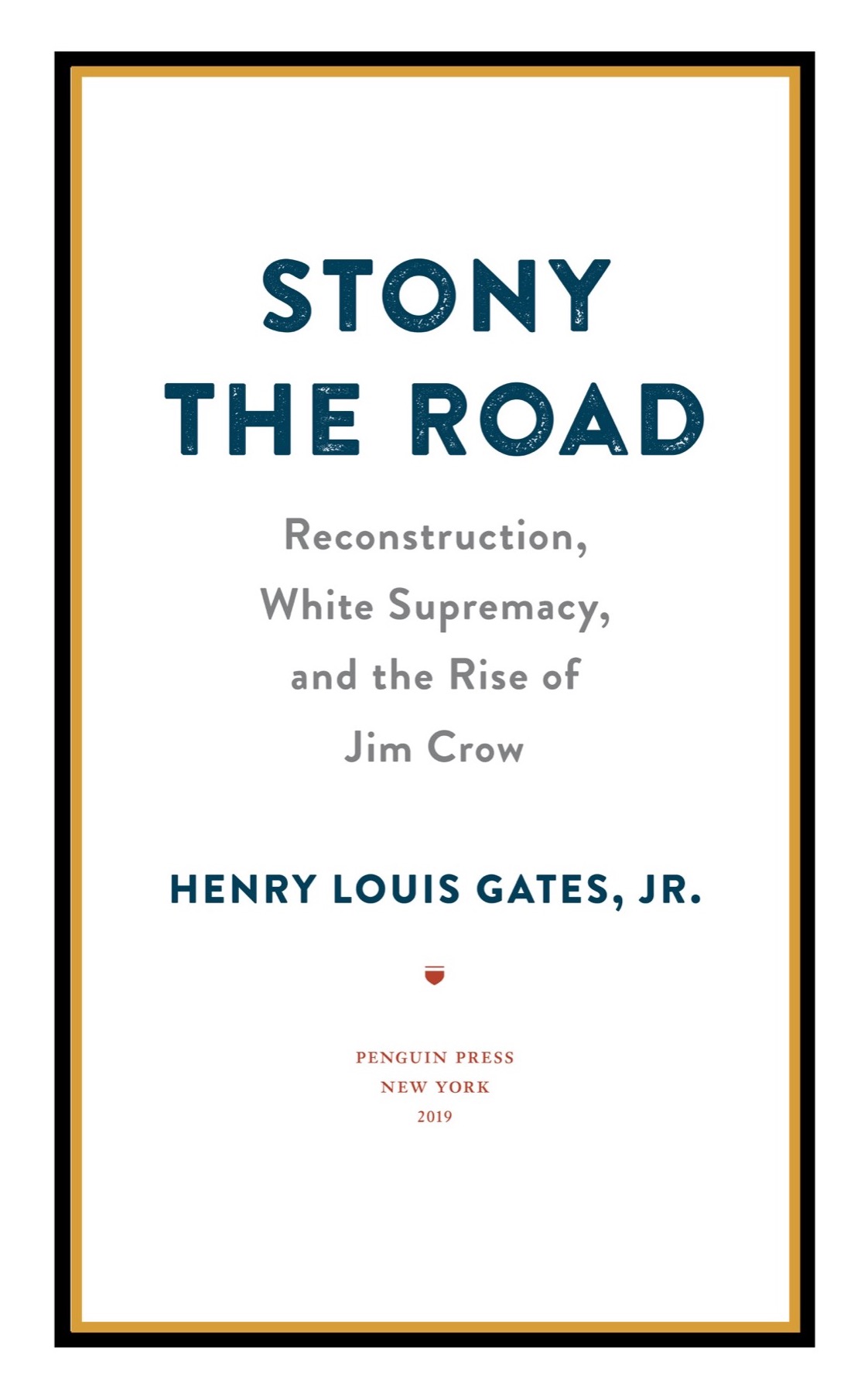
PENGUIN PRESS
An imprint of Penguin Random House LLC
penguinrandomhouse.com
Copyright 2019 by Henry Louis Gates, Jr.
Penguin supports copyright. Copyright fuels creativity, encourages diverse voices, promotes free speech, and creates a vibrant culture. Thank you for buying an authorized edition of this book and for complying with copyright laws by not reproducing, scanning, or distributing any part of it in any form without permission. You are supporting writers and allowing Penguin to continue to publish books for every reader.
Section on the European roots of the Harlem Renaissance as seen through the eyes of Victoria Earle Matthews and Picassos impact on black artists from The African Americans: Many Rivers to Cross by Henry Louis Gates, Jr., and Donald Yacovone, published by Hay House, Inc., Carlsbad, California, 2013. Used by permission of the publisher. (This text appears in different form in this book.)
Illustration credits appear on .
LIBRARY OF CONGRESS CATALOGING -IN-PUBLICATION DATA
Names: Gates, Henry Louis, Jr., author.
Title: Stony the road : Reconstruction, white supremacy, and the rise of Jim Crow / Henry Louis Gates, Jr.
Description: New York : Penguin Press, 2019. | Includes bibliographical reference and index.
Identifiers: LCCN 2018056211 (print) | LCCN 2019000788 (ebook) | ISBN 9780525559542 (ebook) | ISBN 9780525559535 (hardcover)
Subjects: LCSH: African Americans--Segregation--History. | Reconstruction (U.S. history, 1865-1877) | African Americans--History--1863-1877. | African Americans--History--1877-1964. | White supremacy movements--United States--History. | Racism in popular culture--United States--History. | Visual communication--Social aspects--United States--History. | United States--Race relations--History--19th century. | United States--Race relations--History--20th century.
Classification: LCC E185.61 (ebook) | LCC E185.61 .G253 2019 (print) | DDC 973/.0496073--dc23
LC record available at https://lccn.loc.gov/2018056211
Version_1
Dedicated to
The Mother Emanuel Nine
I N MEMORY OF
The Reverend Clementa Pinckney, South Carolina state senator and senior pastor of Mother Emanuel AME Church, and his fellow worshippers,
The Reverend Sharonda Coleman-Singleton
Cynthia Hurd
Susie Jackson
Ethel Lee Lance
The Reverend DePayne Middleton-Doctor
Tywanza Sanders
The Reverend Daniel Lee Simmons, Sr.
Myra Thompson
Martyrs to White Supremacy
Charleston, South Carolina
June 17, 2015
CONTENTS

The holders of twenty hundred million dollars worth of property in human chattels procured the means of influencing press, pulpit, and politician, and through these instrumentalities they belittled our virtues and magnified our vices, and have made us odious in the eyes of the world. Slavery had the power at one time to make and unmake Presidents, to construe the law, dictate the policy, set the fashion in national manners and customs, interpret the Bible, and control the church; and, naturally enough, the old masters set themselves up as much too high as they set the manhood of the negro too low. Out of the depths of slavery has come this prejudice and this color line. It is broad enough and black enough to explain all the malign influences which assail the newly emancipated millions today.
In reply to this argument it will perhaps be said that the negro has no slavery now to contend with, and that having been free during the last sixteen years, he ought by this time to have contradicted the degrading qualities which slavery formerly ascribed to him. All very true as to the letter, but utterly false as to the spirit. Slavery is indeed gone, but its shadow still lingers over the country and poisons more or less the moral atmosphere of all sections of the republic.
The office of the color line is a very plain and subordinate one. It simply advertises the objects of oppression, insult, and persecution. It is not the maddening liquor, but the black letters on the sign telling the world where it may be had.... The color is innocent enough, but things with which it is coupled make it hated. Slavery, ignorance, stupidity, servility, poverty, dependence, are undesirable conditions. When these shall cease to be coupled with color, there will be no color line drawn.
FREDERICK DOUGLASS, The Color Line, North American Review, June 1881
The most magnificent drama in the last thousand years of human history is the transportation of ten million human beings out of the dark beauty of their mother continent into the new-found Eldorado of the West. They descended into Hell; and in the third century they arose from the dead, in the finest effort to achieve democracy for the working millions which this world had ever seen. It was a tragedy that beggared the Greek; it was an upheaval of humanity like the Reformation and the French Revolution. Yet we are blind and led by the blind. We discern in it no part of our labor movement; no part of our industrial triumph; no part of our religious experience. Before the dumb eyes of ten generations of ten million children, it is made mockery of and spit upon; a degradation of the eternal mother; a sneer at human effort; with aspiration and art deliberately and elaborately distorted. And why? Because in a day when the human mind aspired to a science of human action, a history and psychology of the mighty effort of the mightiest century, we fell under the leadership of those who would compromise with truth in the past in order to make peace in the present and guide policy in the future.
W. E. B. DU BOIS, Black Reconstruction in America

